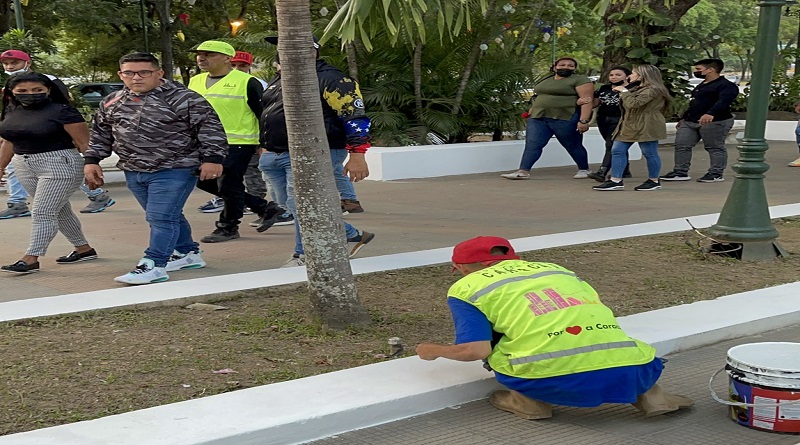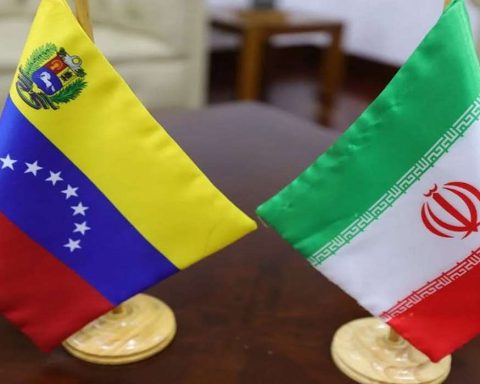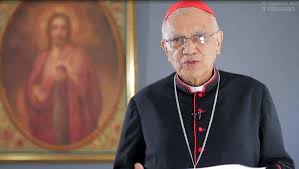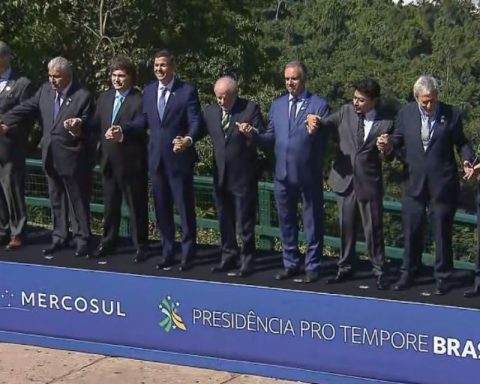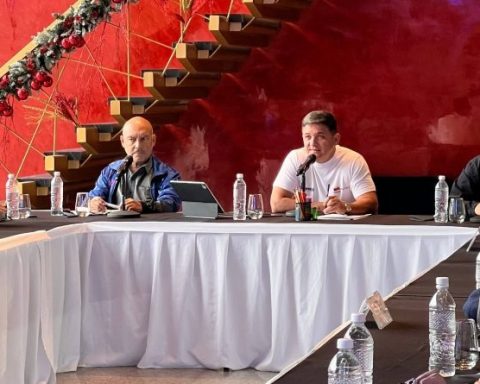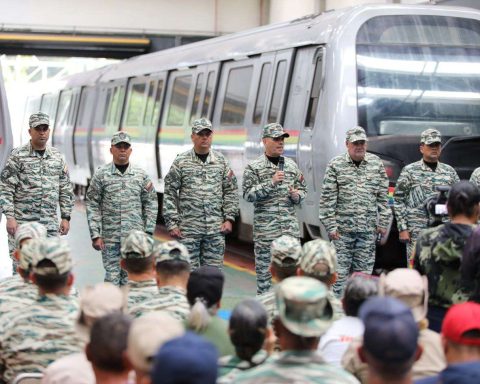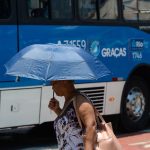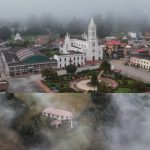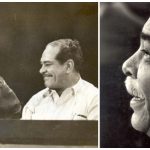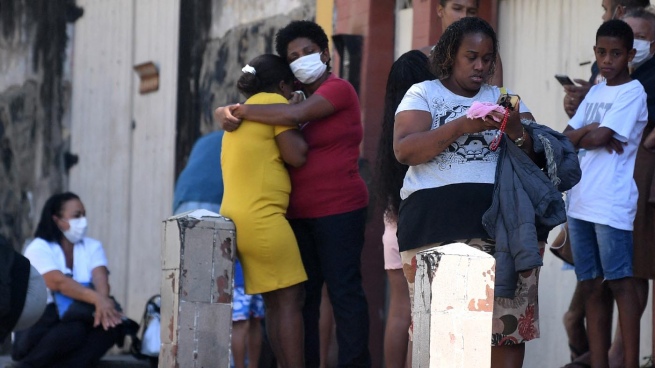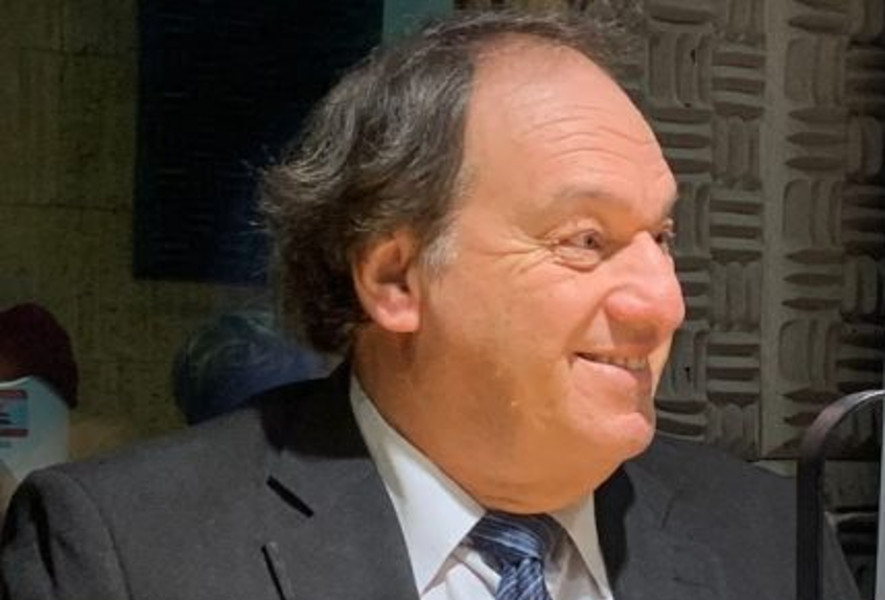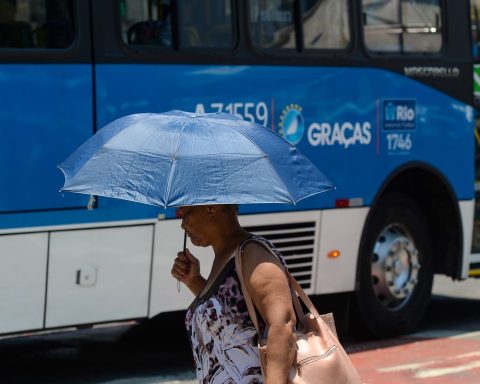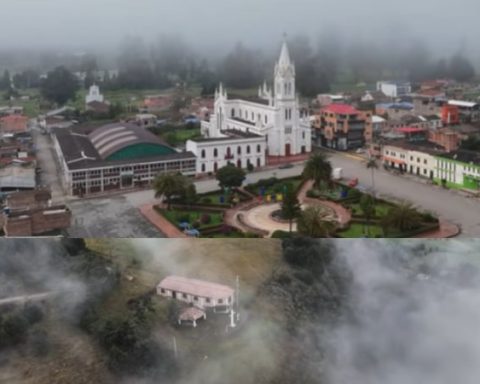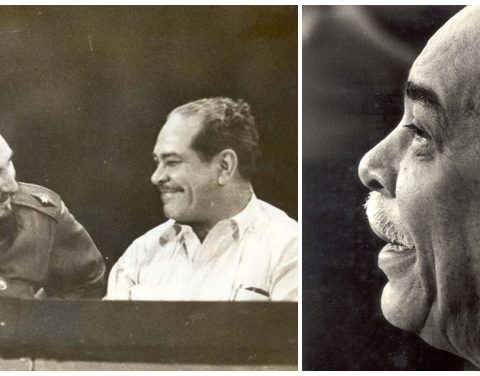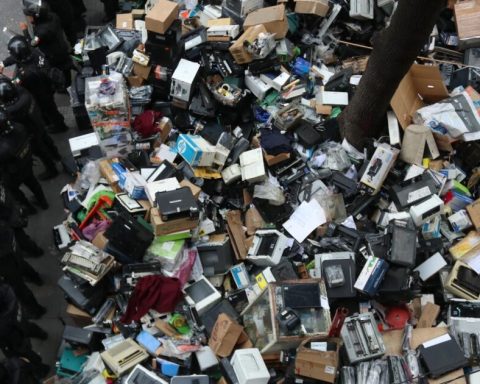The Monumental Step Los Próceresfrom Caracas, is being completely and deeply rehabilitated for the enjoyment of Caracas men and women who regularly visit the emblematic public space of the Venezuelan capital.
This was expressed by the Head of Government of Caracas, Nahum Fernandezreporting that the work is carried out in conjunction with the Mayor’s Office of the Bolivarian Libertador Municipality and the Bolivarian National Armed Forces (FANB).
Through your account on social networks, @Nahumjfernandez, the official explained that the deep maintenance works are direct instructions from the President Nicholas Maduro Moorsfollowing the launch of 1X10 Good Governance System and the requests of the people of Caracas to preserve the historic place.
Work is progressing for the comprehensive recovery of all the spaces of the Monumental Paseo Los Próceres, an emblematic place in the city that we are rehabilitating together with the @AlcaldiaDCcs and the FANB, following instructions from Pdte. @NicolasMaduro #DenunciaPorVenApp pic.twitter.com/Fg5MeBdeZo
– Nahum Fernandez (@Nahumjfernandez) May 22, 2022
Paseo Los Próceres was inaugurated in 1956 by Marcos Perez Jimenezduring the de facto government that he presided over until 1958.
It was designed by the architect Louis Malausena, who was inspired by the neoclassical style, creating one of the most important examples of modern Venezuelan architecture.
It is located near the Military Academy of Venezuela, in the vicinity of Fort Tiuna in Caracas, and has a path of more than 2 kilometers. It is an avenue or urban connection between the military space and the University City of Caracas.
Among its various sculptures is the Monument to the Próceres, which pays homage to the independence struggle of Simón Bolívar. It is made up of four parallelepiped-shaped walls: two vertical monoliths, carved in travertine marble, and two smaller horizontal ones, carved in black marble. They all measure 30 meters in length.
In the marble of the monoliths, the names of the Venezuelan heroes are carved. With high reliefs the four decisive battles for the independence of the Bolivarian countries are represented: Ayacucho, Boyacá, Carabobo and Pichincha.
LEARN MORE:
VTV/Ora/LL
